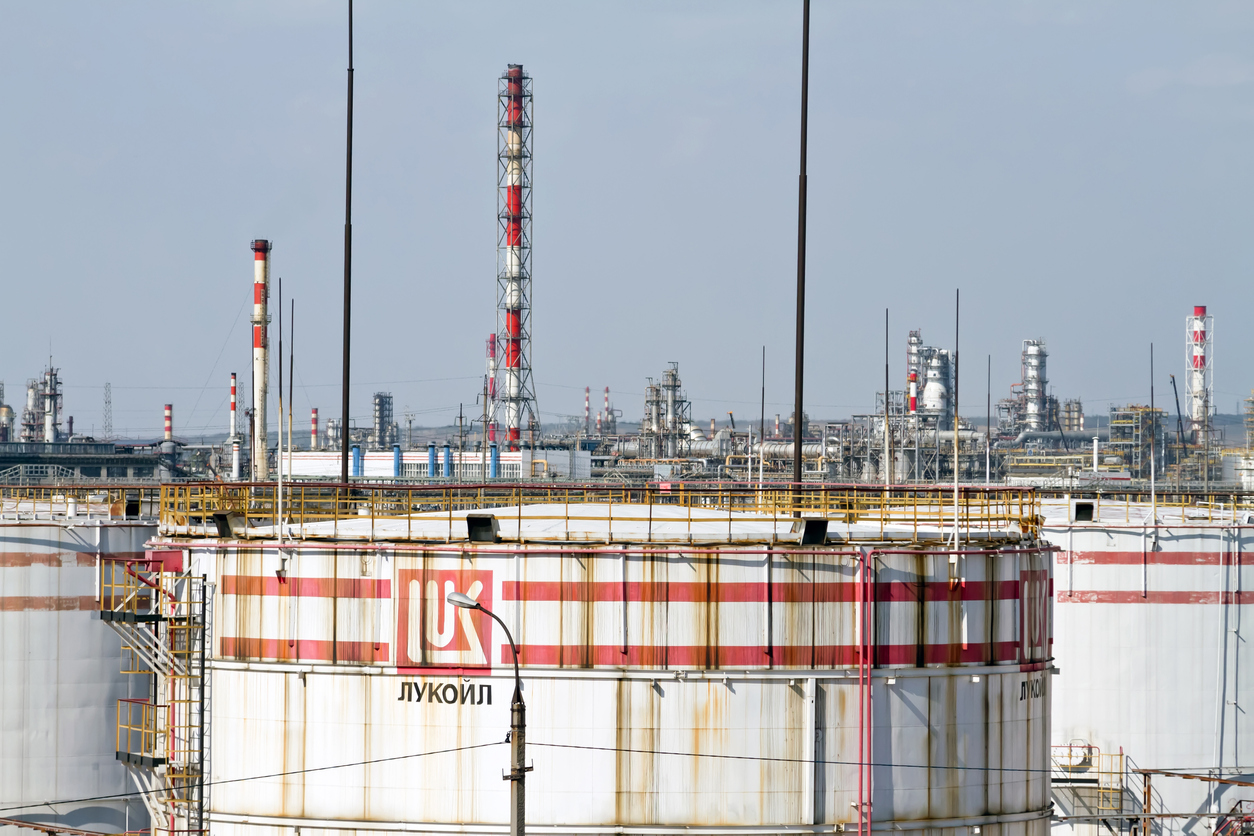About five million tons of crude oil from Russia has stagnated in pipelines bound for Europe since the third week of April. The flow of oil in the pipelines has been halted because it was found that the crude was contaminated with a chemical called organochloride.
The chemical, which is used in heavy oil extraction processes, is harmful to oil refineries if it isn’t properly treated and removed. The source of the chemical has been tentatively traced to Nikolayeva, a private refinery on the Volga, in the Samara region of the country.
The oil was in the Druzhba pipeline when the contamination was detected. Oil transportation on the pipeline has been suspended since. The Druzhba pipeline, with a carrying capacity of a million barrels a day, is one of the world’s largest. At full capacity, it is capable of moving one percent of the world’s crude demand each day.
The crisis has resulted in a fall in exports worth a million barrels a day, a drop of about 10 percent. Russia, the second-largest oil exporter in the world behind Saudi Arabia, heavily depends on its oil income. The country cannot afford to lose the half-billion dollars that it sacrifices in profits each day as it fixes the problem.
Nevertheless, the government hasn’t been nimble in responding to the PR disaster. It didn’t release an official statement about the pipeline problem until more than 10 days after it occurred. While the government hasn’t yet made it known if it was sabotage that caused the problem, it made several arrests in early May.
On May 7, Russia’s energy minister spoke at a meeting to reveal that investigations had found that several companies had been responsible for moving contaminated oil into the pipeline. Not only is the contamination harmful to refining equipment, it can form poison gas when exposed to high temperatures.
Global Oil Prices Rise
With about 700,000 barrels of oil taken off the global markets each day as a result of the contamination crisis, the Brent index rose to $75 a barrel, a six-month high. The crisis compounded existing shortfalls arising from problems with supply from Venezuela, Libya, and Iran.
Allegations of Sabotage
Considering the fact that the crisis occurred at a time when Russia was locked in tight competition with America over oil exports, talk of sabotage has come about. The former owner of the Nikolayeva refinery has spoken to journalists to say that he couldn’t be blamed for the incident because he wasn’t the current owner of the refinery, and wasn’t in the country when the incident occurred. The people arrested so far may merely be pawns in an elaborate plan, rather than the prime suspects.
Meduza, a media monitor in Russia, has reported that the chief of Transneft Corporation confessed to Vladimir Putin that the incident was, in fact, sabotage. One part of the pipeline is owned by foreign citizens, who may have played a role. The story is full of Cold War-type intrigue.
The Consequences for Russia
Whoever may have been responsible for the contamination incident, it couldn’t have had worse timing. Russia’s economic growth has been shrinking, even with the price of oil in recovery for a decade. There is considerable public dissatisfaction with the Russian government evident these days. If the country moves quickly to correct the problem and restart supply to Europe, it will protect its reputation as a major supplier of oil. If there are more such incidents, however, they will certainly harm Russia’s standing in the world oil markets.
According to Sigma Drilling Technologies, a major provider of pulsation solutions, American companies can take advantage of the boost that oil prices have enjoyed. All they need to do is to invest in dampener maintenance and other service activity to keep production humming.




